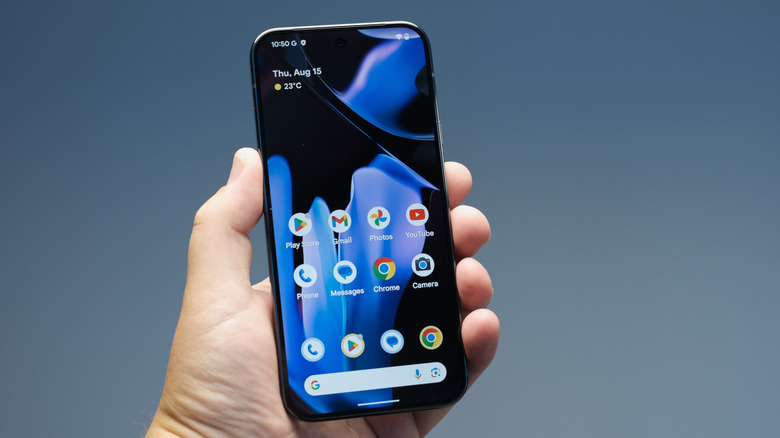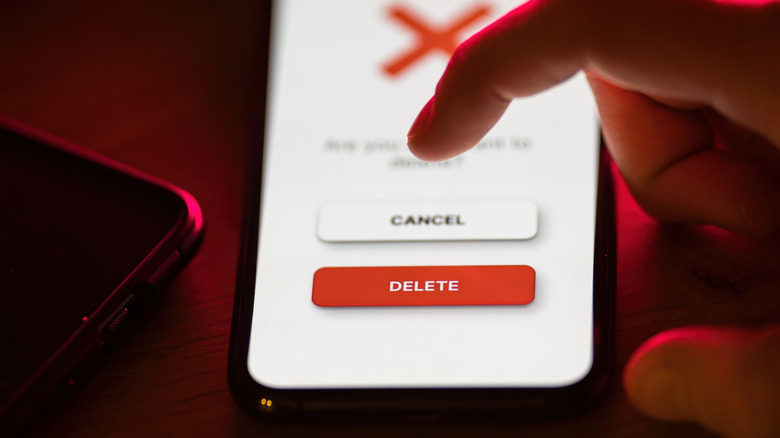What Is A SIM Card Tool Kit And What Is It Used For?
Despite its low profile, your phone's SIM card tool kit (also known as STK) is one of the most important things on the device, and whether you realize it or not, you probably use it every day. Built directly into your SIM card, this toolkit helps your mobile provider offer a ton of useful services (including mobile banking, data configuration, and customer support) without the need for an internet connection.
Because it's stored directly on your SIM card, the STK can freely communicate with both your phone and your network operator. From a technical standpoint, the STK works on a client-server model. In this setup, your phone is the "client," while the SIM card acts as the "server." The client (your phone) requests certain services or actions, while the server (the SIM) sends these requests to your mobile network.
Your phone's Radio Interface Layer (RIL) helps the phone and the SIM communicate, while the STK app translates binary code into readable commands. Then, the user interface conveniently displays all the options and messages on your screen. It's seamless coordination, and it helps the toolkit perform the same across various different devices, regardless of brand or operating system.
What can you do with a SIM card tool kit?
What you can and can't do with your phone's SIM card tool kit mostly depends on your mobile network itself. That said, STK features generally fall into a few major categories. One of the most-used functions is mobile banking (especially in parts of the world where traditional banking infrastructure as we know it is limited). Through the STK menu, people can check their account balances, pay their bills, and transfer funds from one account to another. Because it's technically offline, it's all secure.
Beyond banking, the SIM Toolkit also gives you network-related features such as call forwarding, checking the balance of your prepaid phone, and so on. You might also find informational services like weather updates, news alerts, or sports scores if your carrier has chosen to bundle that with your plan. Other functions typically cover background tasks like establishing a connection to the nearest cell tower or syncing network settings. In dual SIM phones, each SIM will typically have its own dedicated STK app. That means you can access different menus and features depending on which carrier's SIM you're interacting with.
Can you delete a SIM card tool kit?
Unlike traditional apps that you can delete or disable, the SIM card tool kit is usually a core component of your phone's operating system. More often than not, you don't even have the option to tamper with it or delete it. That said, the STK is incredibly lightweight and consumes virtually no system resources when not in use. The only drawback is that it can sometimes feel like Android bloatware, but its utility far outweighs any inconvenience it might cause in terms of aesthetics or storage space.
From secure mobile banking to managing network services to supporting key background tasks, this tiny app embedded in your SIM card plays a huge role in your phone running smoothly. While you may never interact with it directly, its presence makes sure that your connection to your mobile carrier remains stable, responsive, and ready to handle all the features you need it to.


